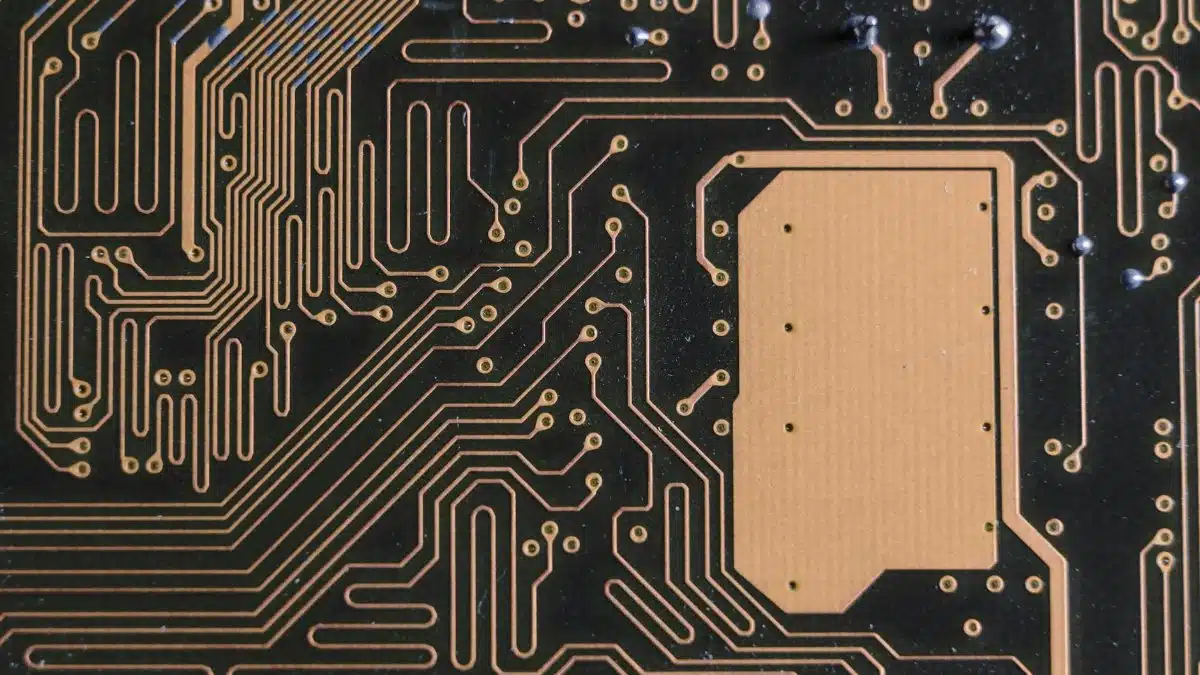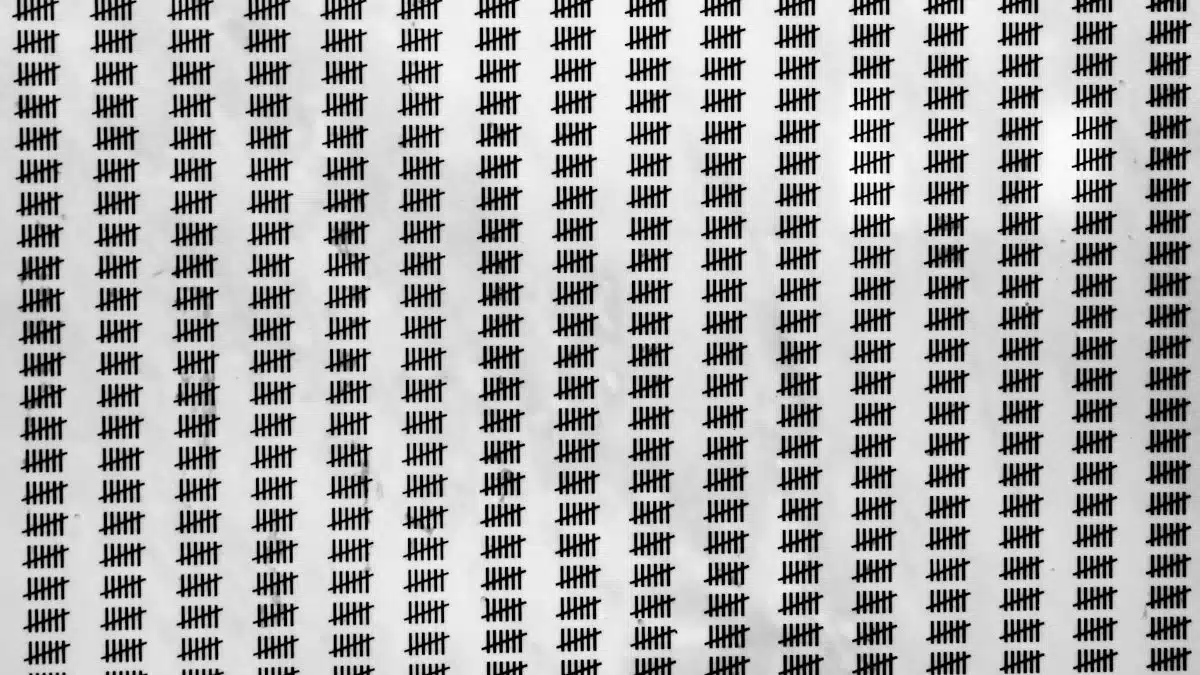Imagine a tool so versatile it could hold your entire life—work tasks, personal goals, grocery lists, even fleeting ideas—within a single, elegant digital space. For many Americans, Notion has become just that: a customizable “life OS” (operating system) that promises to tame the chaos of modern existence. Walk into a coffee shop in Seattle or a co-working space in Brooklyn, and you’re likely to spot someone tweaking a Notion dashboard on their laptop, organizing everything from meal plans to career milestones. The allure of notion life os tips lies in their ability to transform scattered thoughts into structured systems. But beyond the basics, how can one truly harness this platform’s potential? This piece uncovers advanced strategies to elevate Notion from a mere note-taking app to a comprehensive framework for living intentionally in 2025, blending practical guidance with the real-world experiences of those who’ve made it work.
Mastering the Art of Nested Databases

At its core, Notion thrives on databases—dynamic tables that can store and connect information in endless ways. But the real magic happens when you nest them. Think of it as creating folders within folders, but with live, interactive data. For instance, a primary database for yearly goals can link to smaller databases for monthly tasks, which in turn roll up progress automatically. This hierarchy isn’t just visually satisfying; it mirrors how life unfolds in layers. A marketing manager from Chicago shared how nesting databases helped her track client projects while syncing personal wellness goals, cutting her planning time in half. Start by mapping out your life’s big categories—work, health, relationships—then drill down. The key? Use Notion’s “relation” property to link nested databases, ensuring updates in one ripple across others. It’s a game-changer for staying aligned across complex priorities.
Don’t overcomplicate at first, though. Begin with two levels of nesting and expand as you get comfortable. The beauty lies in the flexibility: a tweak here, a new property there, and suddenly your system feels alive, responsive to your evolving needs. Resources like the Notion Help Center on Databases offer step-by-step guides to get started, ensuring even novices can build robust structures.
Leveraging Templates for Seamless Routines

Why reinvent the wheel every week? Notion’s template feature lets you replicate setups for recurring tasks, from weekly meal planning to project reviews. Advanced users take this further by customizing templates with automated properties—like due dates that adjust based on the current week or tags that filter tasks by priority. Picture a freelancer in Austin who, after years of juggling deadlines, built a client onboarding template in Notion. Now, every new gig auto-populates with checklists, timelines, and even canned emails. The result? Hours saved and fewer oversights.
Start small: design a daily journal template with prompts for gratitude or reflection. Then scale up to larger systems. The Notion community often shares free templates, and sites like Notion’s Official Template Gallery are goldmines for inspiration. Tailor them to your quirks—add a mood tracker or a quick link to Spotify playlists if that’s your vibe. Consistency breeds clarity, and templates are the backbone of a sustainable life OS.
Automating Workflows with Integrations

Notion isn’t an island. Its power multiplies when paired with tools like Zapier or Make (formerly Integromat) to automate repetitive tasks. Imagine syncing your Google Calendar events directly into a Notion database, or having new Trello cards appear as tasks in your weekly planner. Automation cuts through digital clutter, a pressing need when studies show Americans spend over 2 hours daily on administrative tasks, per a 2023 report from McKinsey & Company. One user described the relief of automating email follow-ups into Notion, saying it felt like “hiring a personal assistant without the salary.”
Setting this up takes initial effort but pays off fast. Use Zapier’s free tier to test simple automations, like pulling Slack messages into a Notion inbox. Check guides on Zapier’s Notion Integrations Page for practical setups. The goal isn’t tech for tech’s sake—it’s reclaiming time for what matters. In 2025, as remote work and hybrid lifestyles persist, these integrations are less a luxury and more a necessity for balance.
Building a Second Brain for Knowledge Management

Ever lost a brilliant idea because it drowned in a sea of sticky notes or half-forgotten apps? Notion can become your “second brain,” a concept popularized by productivity expert Tiago Forte, where all knowledge—articles, quotes, research—lives in one searchable hub. Advanced notion life os tips here include using tags and linked databases to create a web of ideas. A teacher in Portland built a second brain in Notion to store lesson plans, student feedback, and professional development notes, finding that cross-referencing ideas sparked better classroom strategies.
Start by creating a master “Knowledge Hub” page. Add databases for different categories—books, web clippings, personal insights. Use Notion’s web clipper to save articles directly, then tag by theme or project. The trick is regular review: set a biweekly reminder to revisit and connect ideas. Over time, this system doesn’t just store information; it fuels creativity and problem-solving in unexpected ways.
Tracking Habits with Visual Dashboards

Habit tracking in Notion goes beyond checking boxes. Advanced users craft visual dashboards using progress bars, charts, and color-coded statuses to make consistency tangible. Picture a small business owner in Denver who struggled with work-life balance until she built a Notion dashboard showing daily habits—exercise, hydration, family time—alongside revenue goals. Seeing green bars grow became a quiet motivator. She wasn’t just tracking; she was gamifying her life.
To replicate this, use Notion’s “formula” property to calculate completion rates or display progress visually. Link habit trackers to larger goals in other databases—say, tying “morning runs” to a health objective. It’s not about perfection but patterns. A glance at your dashboard in 2025 can reveal whether you’re drifting or thriving, offering a reality check no app notification can match. The visual feedback loop is oddly addictive, nudging you toward better choices.
Collaborating Without Chaos

Notion shines in solo use, but its collaborative features are where advanced notion life os tips truly elevate teams or families. Shared pages, real-time edits, and comment threads turn Notion into a central hub for group planning. A remote team of designers based across the U.S. uses a shared Notion workspace to manage projects, with databases for tasks, deadlines, and feedback loops. One team member noted how comments reduced endless email chains, streamlining decisions. Similarly, families coordinate everything from chore rotations to vacation itineraries in shared spaces.
The pitfall? Over-sharing can clutter. Set clear permissions—view-only for some, edit access for others—and define page ownership to avoid overlap. Use Notion’s “share” settings to create boundaries while fostering transparency. It’s a delicate balance, but when done right, it transforms how groups sync, especially in an era where connection often feels fragmented despite digital tools.
Customizing for Emotional Resonance

Here’s a less-discussed angle: Notion can reflect your personality, not just your to-dos. Advanced users infuse their life OS with emotional cues—think custom icons, mood-based color schemes, or embedded photos that evoke specific memories. A writer in New Orleans described adding a “Wins” page with images from meaningful moments alongside career milestones. Scrolling through it on tough days became a quiet reset. This isn’t frivolous; it’s grounding.
Experiment with Notion’s aesthetic options. Swap default icons for emojis that spark joy. Embed a playlist widget for focus sessions. These touches make your life OS a space you *want* to return to, not just a sterile tool. After all, if the system feels cold, you’ll abandon it. Personalization bridges the gap between utility and attachment, a subtle but powerful motivator in sustaining long-term use.
Overcoming Common Pitfalls

For all its promise, Notion isn’t foolproof. New users often overbuild, creating labyrinthine systems they can’t maintain. Others neglect regular updates, letting pages stagnate. A common frustration, echoed in anonymous online discussions, is the “paralysis by possibility”—too many features, too little focus. The fix lies in simplicity and rhythm. Start with one core page, maybe a daily dashboard, and expand only as needs emerge. Schedule a monthly “system audit” to prune dead pages or outdated tasks.
Another trap is ignoring mobile access. Notion’s app, while not perfect, ensures your life OS travels with you. Test how pages render on your phone; tweak for usability. The goal of notion life os tips isn’t perfection but adaptability. Life in 2025 moves fast—your system should keep pace without becoming a burden. Less is often more.
Natasha is the heart of our exploration into conscious connection. Applying principles from multiple counseling courses in her own life, she guides you to cultivate stronger, more joyful bonds.
Disclaimer
The content on this post is for informational purposes only. It is not intended as a substitute for professional health or financial advice. Always seek the guidance of a qualified professional with any questions you may have regarding your health or finances. All information is provided by FulfilledHumans.com (a brand of EgoEase LLC) and is not guaranteed to be complete, accurate, or reliable.
